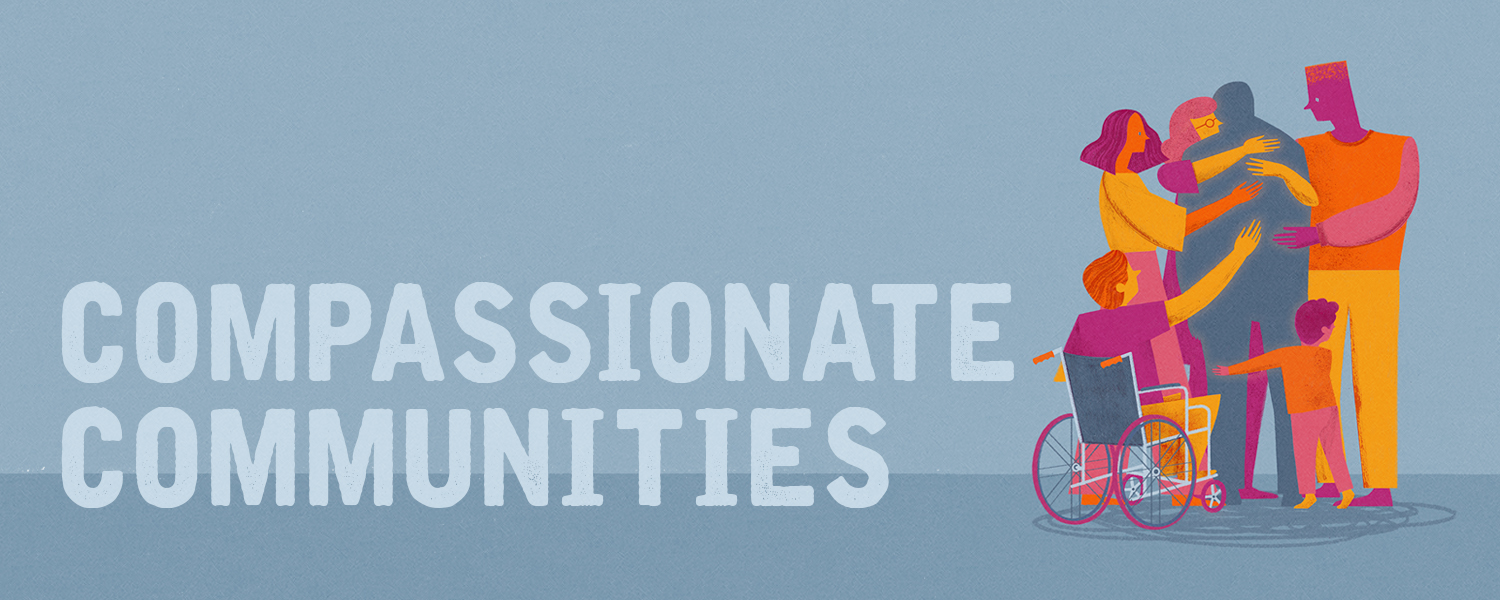6 principles of participation
1. Remember these forms of poverty are a chronic issue. This makes our response different to that of a crisis. It means we must think about the sustainability of our response. If we predict these interventions are still needed in 3 years time how would that change what we do?
2. Think beyond food and warmth. We must consider how any response creates opportunities for building reciprocity. Let’s view those we seek to help as participants rather than passive recipients. In turn, that will lead us to grow places to meet, eat and create with others. We have far more than a building! We can offer something better than spending time at Wetherspoon’s.
3. Think collaboratively. Start conversations about this now. This is a nationwide problem and is going nowhere. Talk to others in and outside church who are concerned. Coordinate and work in partnership where possible.
4. Be mindful of power. Everyone likes to see themselves as a problem-solver and the hero of a situation; and the Church is no different. But I don’t like feeling as if I’m ‘a problem to be fixed’; no-one does. At a time when people’s dignity is being stripped, create opportunities for sharing skills and time, so we are tackling this issue together.
5. Make it a place of participation. This is different to just hosting. It’s less ‘How can we help?’ and more, ‘Great to see you. Can you help put out the chairs?’ Make the bar to contribute as low as possible.
6. Think ‘how can people bring their gifts?’ Games, workshops, music, activities? Think wellbeing and mental health. Host The Sanctuary Course or create a Renew Wellbeing Space.




